Antisemitism Harms Our Community
Antisemitism has been hurting people for centuries. Today in our own community it hasn’t gone away.
Jews are constantly forced to face antisemitism. Even when not expressed with intentions of hate, the perpetuation of antisemitism harms our community and can become very frightening for Jews, who have been targeted throughout history. In most scenarios, they have been scapegoats for difficult times or situations. During the Holocaust, this led to the genocide of six million Jews. In many other cases, Jews have been expelled from countries such as England, Spain, France, and Egypt, among others. Today, antisemitism is still apparent, both in our country and in our own school community.
As a Jewish student at Albuquerque Academy, I have witnessed and experienced a wide variety of microaggressions. These go from an insensitive Hitler joke or ignorant comment during a history class to swastikas being drawn onto my personal notebooks by classmates, as well as other recurring projections of Nazi slogans or ideals. Another Jewish student said he has had similar experiences. He recalled how “you’ll just get up to go to the bathroom and then you’ll walk back into math class and there’ll be a f***ing swastika on your math test…because the kids next to you think it’s super funny.” These actions are mostly poorly thought-out jokes with offensive and ignorant punchlines made because of a lack of background knowledge and context, the typical behavior of young high school students. The jokes aren’t necessarily ill-intentioned; however, they certainly stem from antisemitic stereotypes that have long been, and still are, circulated throughout our culture and society.
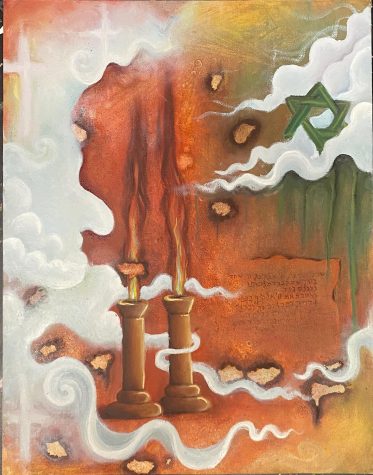
For high school students, making these remarks of intolerance creates an uncomfortable environment. When Kanye West, with a Twitter following of over 30 million (almost twice the population of Jews on Earth–about 14.8 million), tweeted he would go “deathcon 3 on JEWISH PEOPLE,” the effects were much more severe. His comments spurred antisemitic protests, like one in Los Angeles, where antisemites held a banner reading, “Kanye was right about the Jews” over the 405 freeway while raising their hands in Nazi salutes. The demonstration was seen globally by millions as videos circled the Internet. For Albuquerque Academy students to imitate the same actions, the effects might not seem as grave; however, they contribute to the continual villainization, hatred, and violence, towards the Jewish population.

Antisemitism is multifaceted; it targets all aspects of Jewish identity. During World War II and the Holocaust, prejudice against Jews based on the belief that they were inferior and separate from the “white race,” or Aryan race, was widespread. This racialized antisemitism targets physical traits of Jews and is often depicted through media today.
In many Disney movies, for example, the evil characters are depicted with illustrations of Jewish stereotypes with features such as large noses or curly hair, a process described as “Jew-coding.” Propaganda posters exaggerating these stereotypes into repulsive characters were used during the Holocaust to instill fear around Jews.
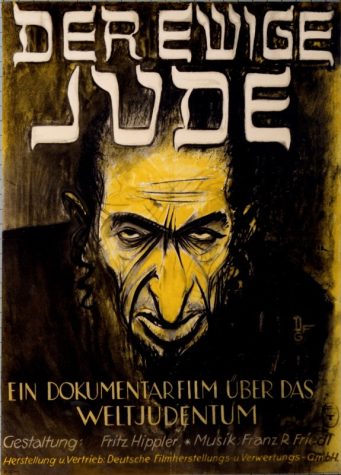
Other antisemitic tropes often manifest in obscure conspiracy theories like that Jews run Hollywood or that they are slowly taking over the world. One of the most famous conspiracies is the idea that Jews are obsessed with money and control. This contributes to the depiction of Jews as “puppet masters” pulling the strings of the government. Political scapegoating relies on this stereotype, blaming “the Jews,” viewed as one entity, for other people’s hardships. The widespread and enduring misconception that Jews, as a group, killed Jesus, was one of the earliest examples of political scapegoating, and would continue on as a convenient tactic for fear mongering.
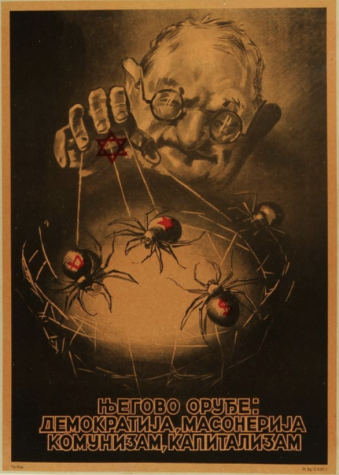
Serbia in 1941. Credit: United States Holocaust Memorial Museum
Collection, Gift of the Katz Family
With the history of prejudice against Jewish people, the effect of these notions is frightening and can be catastrophic. In 2018, an antisemite killed 11 people during a shooting at the Tree of Life synagogue in Pittsburgh. A similar tragedy took place at a synagogue in California in 2019. Synagogues here in Albuquerque, such as Congregation Albert and Nahalat Shalom, were forced to arm their temple doors with security after the Tree of Life shooting for worry of the safety of their congregants.
According to the Anti-Defamation League (ADL), the number of antisemitic incidents in the United States has reached an all-time high, with a 35% increase in 2021 from 2020, with 2,717 incidents, the most the ADL has ever recorded. These incidents include any reported acts of harassment, vandalism, or violence towards Jewish people or organizations.
This is only scratching the surface of how antisemitism and anti-Jewish discrimination manifest. The United States Holocaust Memorial Museum has great resources for a more in-depth look at the meaning, history, and impact of antisemitism. Jewish hatred has been cultivated for thousands of years, and throughout history there have been many disturbing realities of how it has spread through different cultures and societies, used to exclude, persecute, and attack Jewish people. Powerful prejudice does not dissipate quickly, and it is integrated into media, culture, and institutions. With this, it is important to recognize the pervasiveness of antisemitism and what effects it can have on our community, even if it is perpetuated in seemingly benign ways.

Lily, or Lilith, '24 is the Advocate’s 7th-grade editor, working with our youngest writers and artists. She is a class officer who, along with writing,...


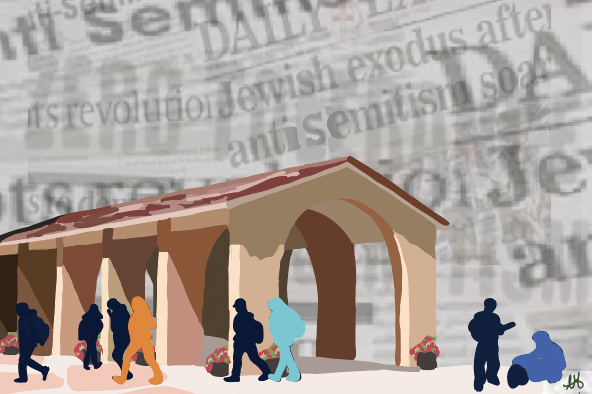
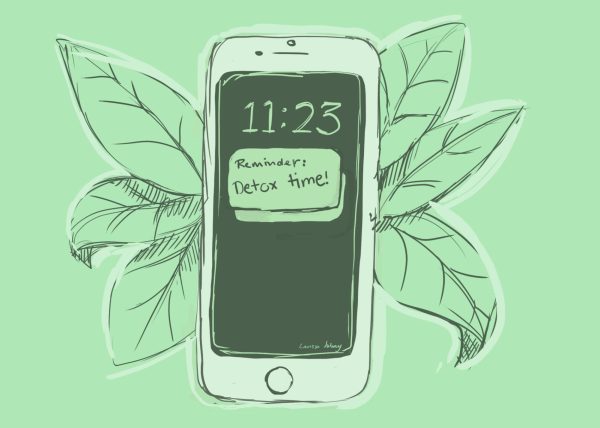

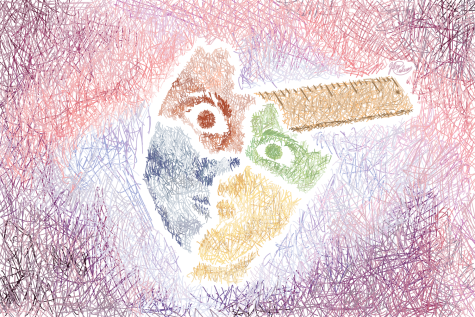


Bryce Baker • Nov 3, 2023 at 1:25 pm
Concise and precise piece that does a good job at summing up tropes and history from millenniums of antisemitism. One thing that’s important to keep in note is that antisemitism typically does not manifest in explicit hatred for Jews. Most of the time, other terms are used to refer to Jews: bankers, internationalists, globalists, Zionists, etc. Other times, people will pinpoint specific Jewish people – George Soros is a very commonly used example – and say that they are the world’s puppet masters. It’s important to recognize when these tactics are being used, and to not beat around the bush, and point out what’s really being said.
Stephanie Lipkowitz • May 23, 2023 at 11:57 am
Thanks for writing this very important article, Lily. It is excellent and needed. These kinds of pieces take courage to write.